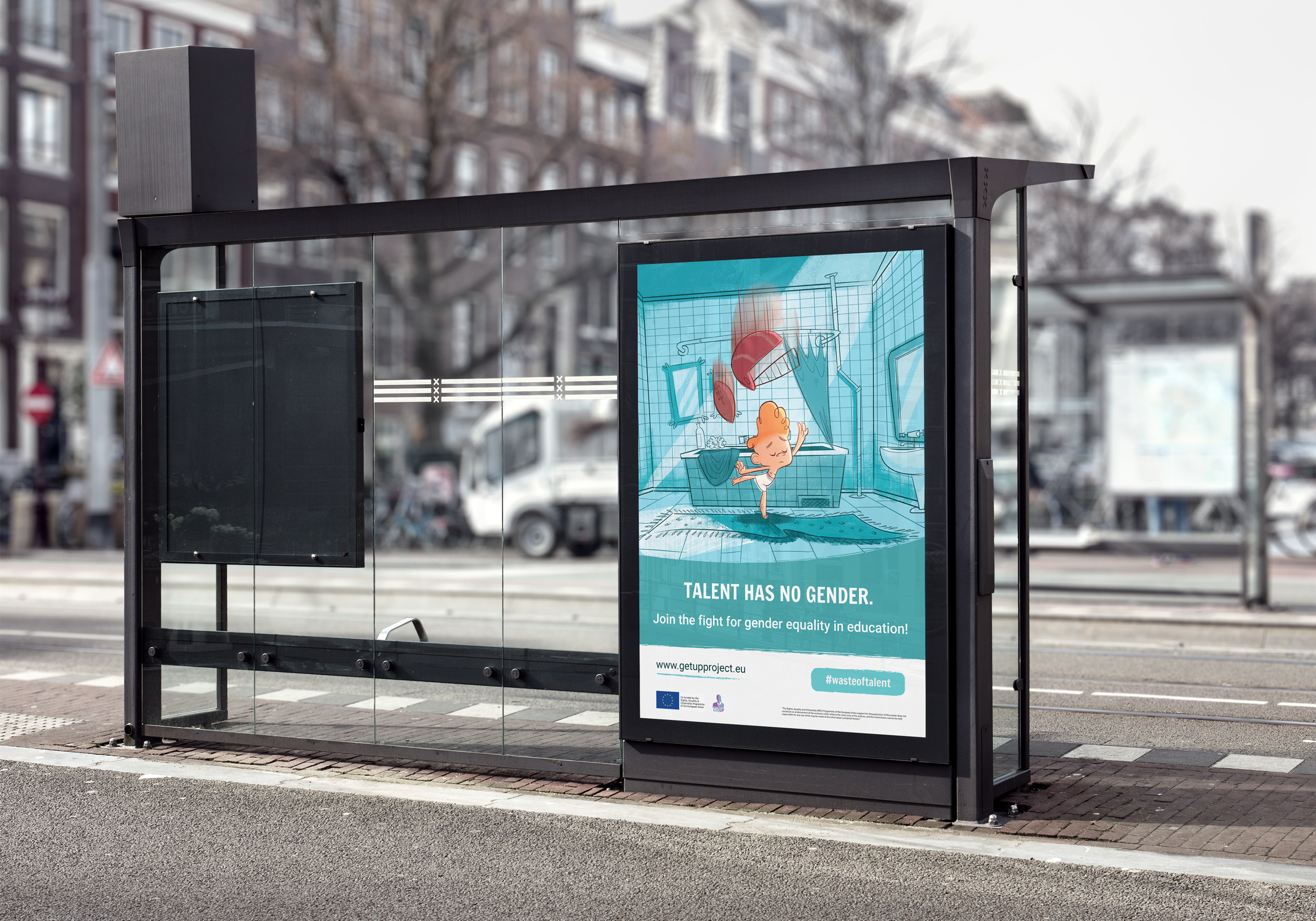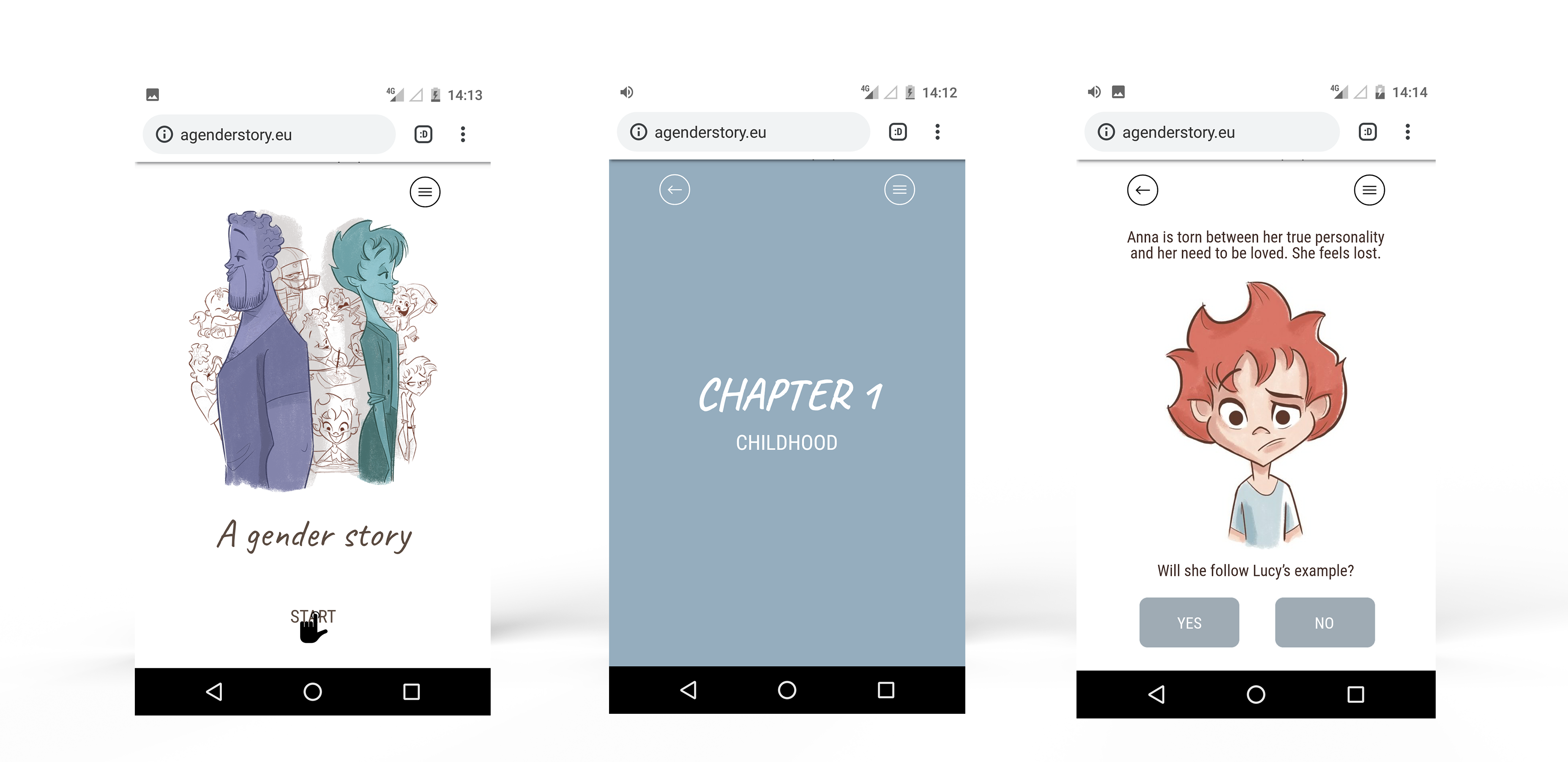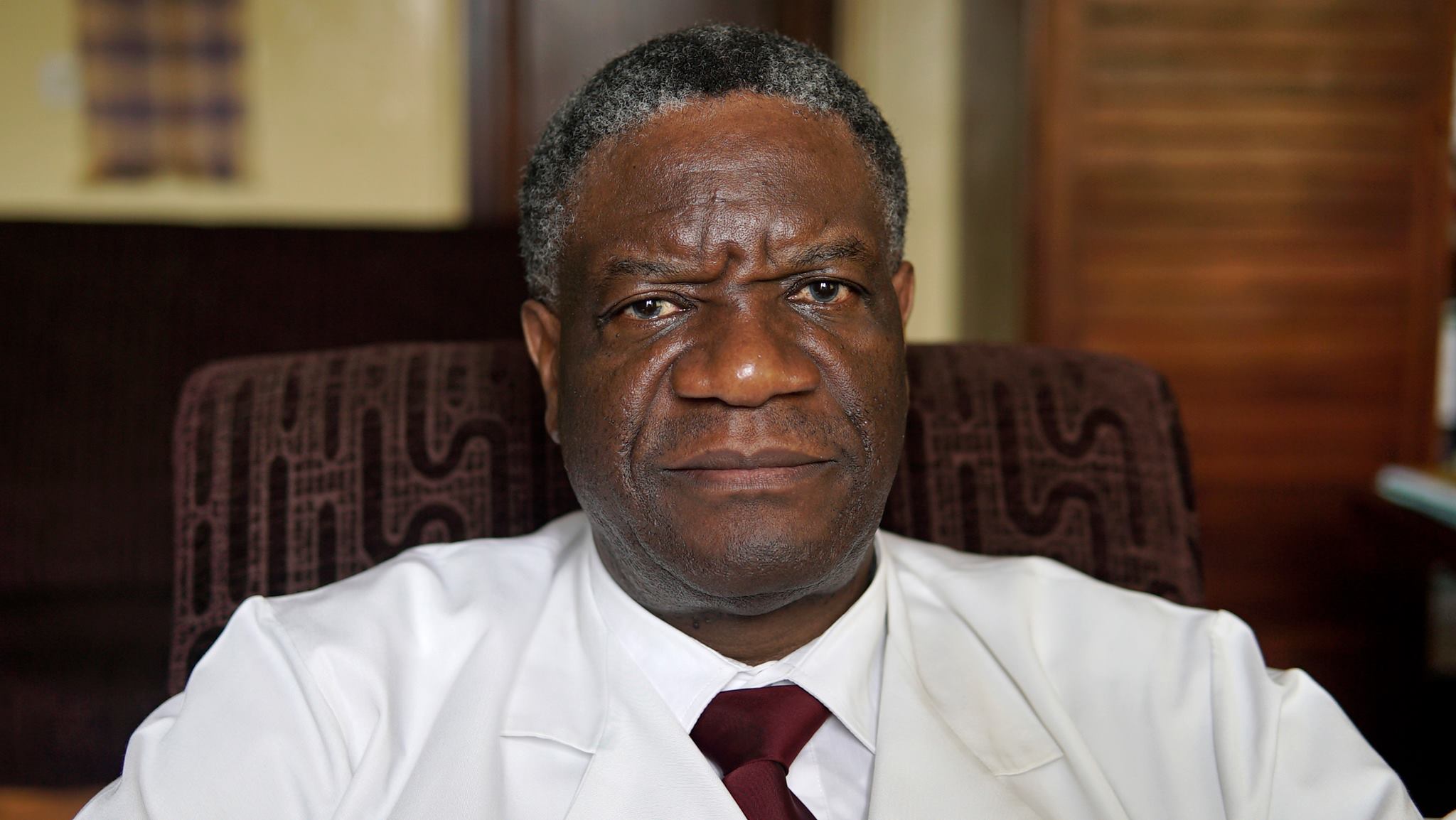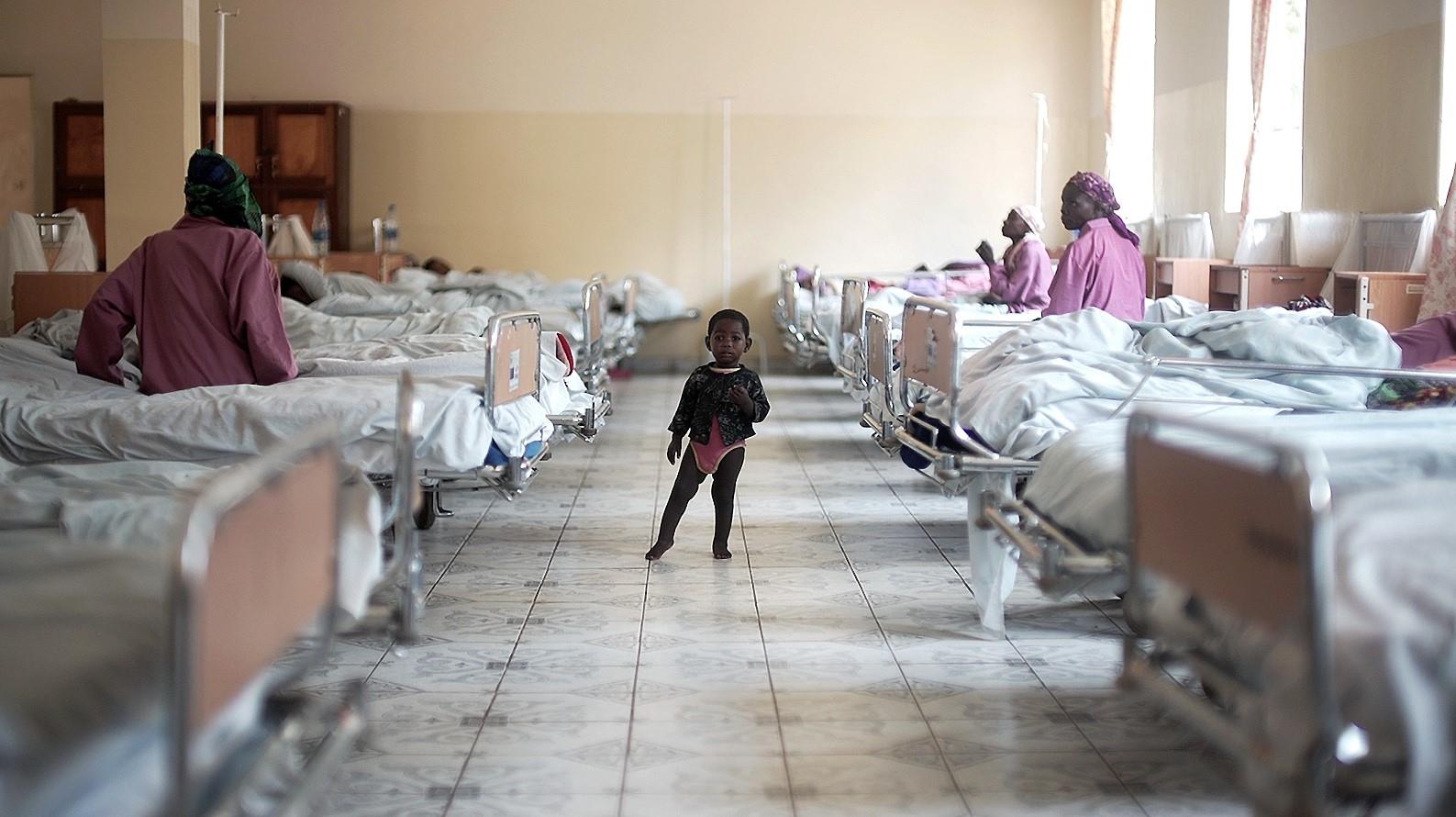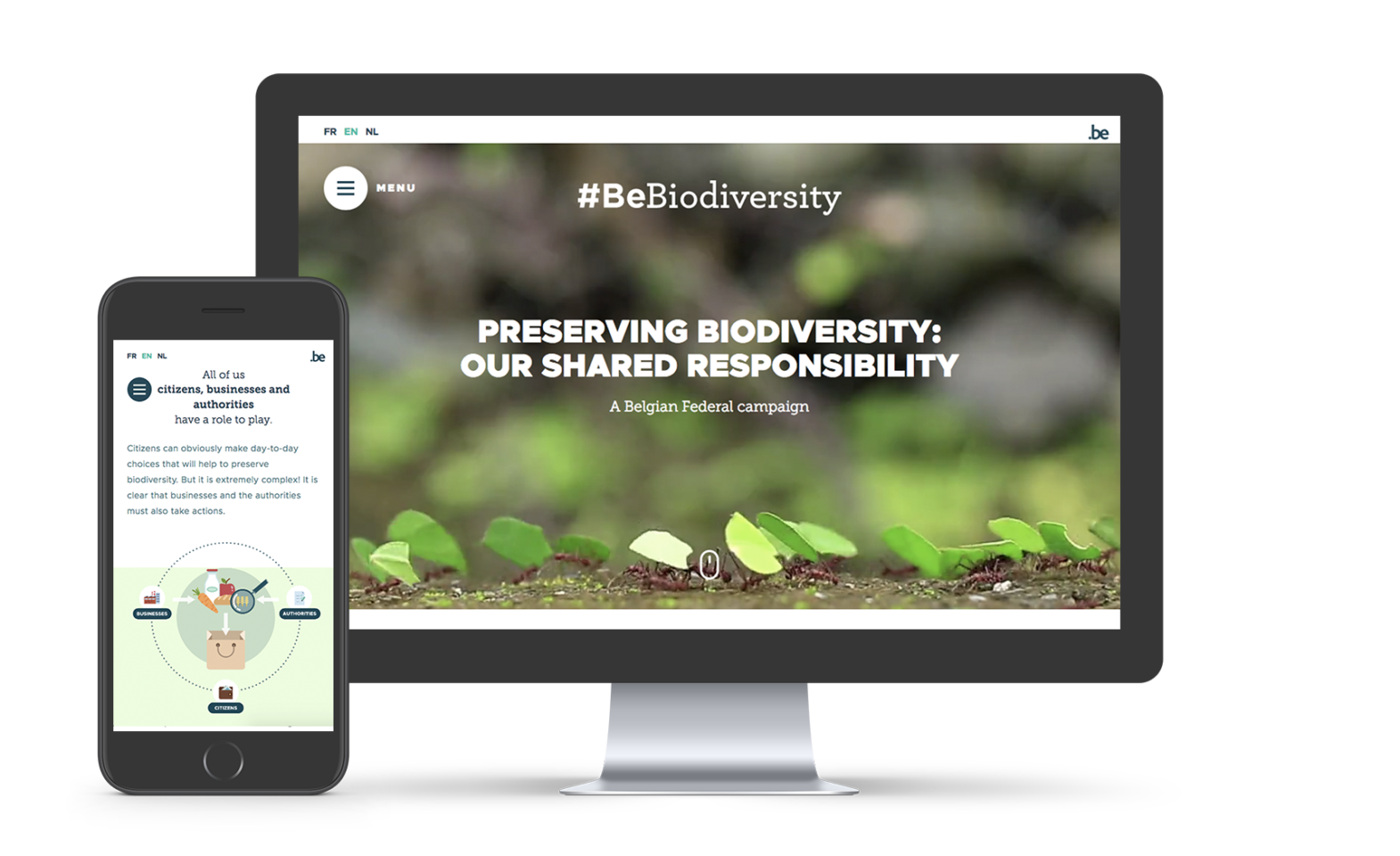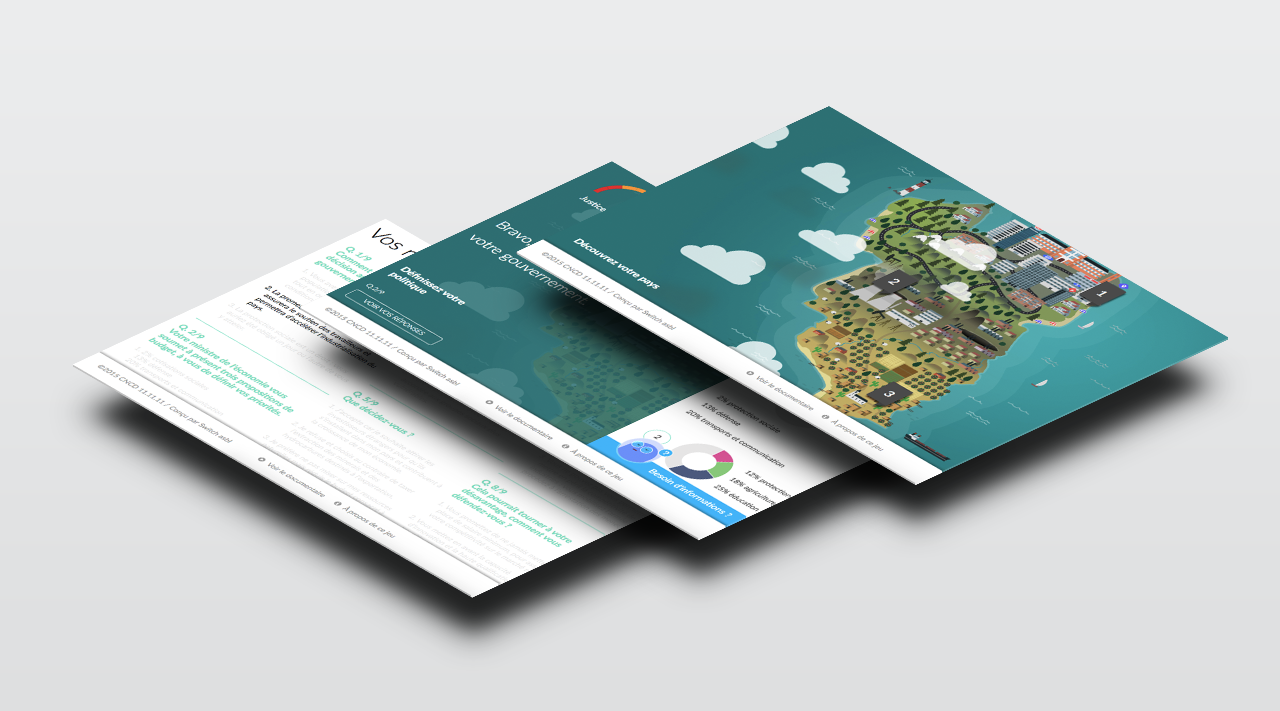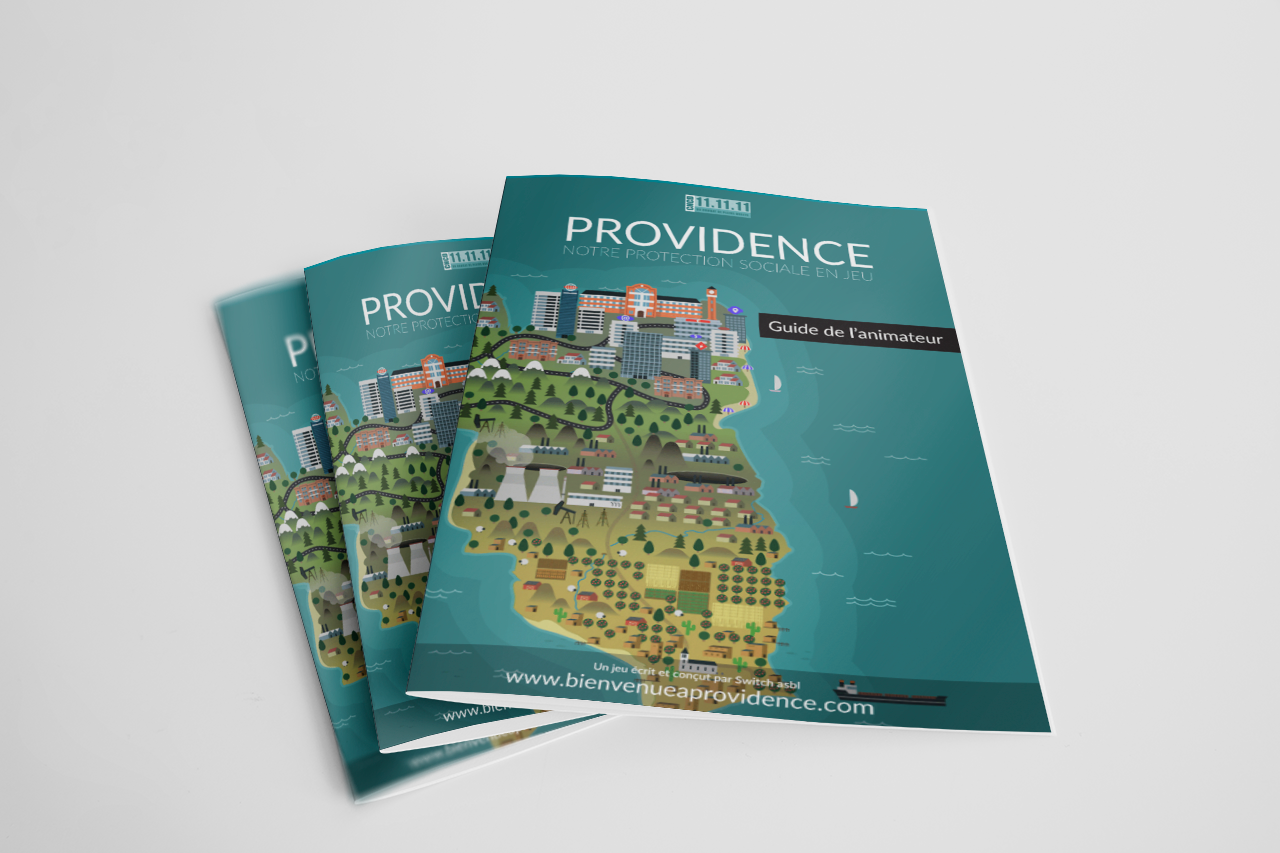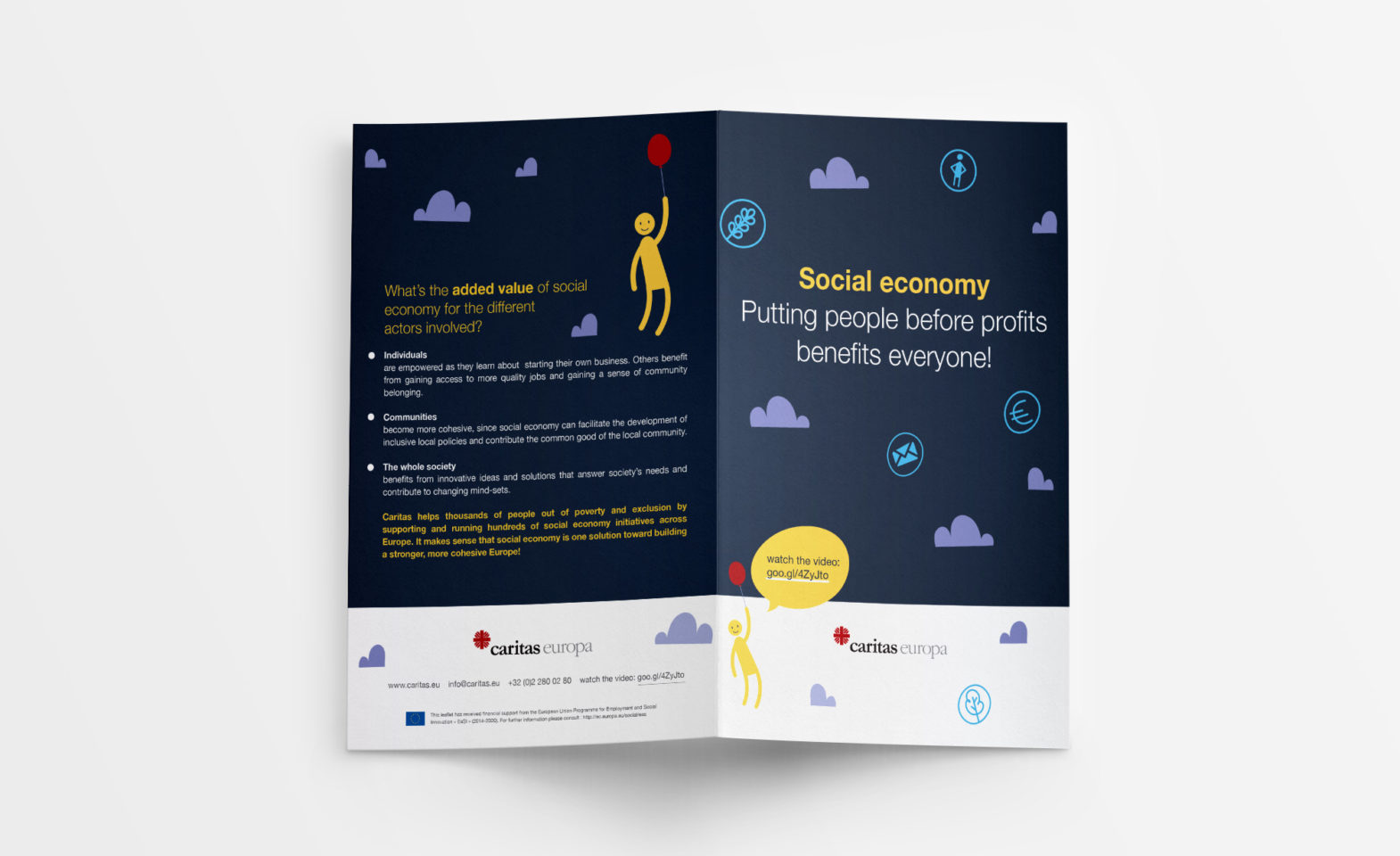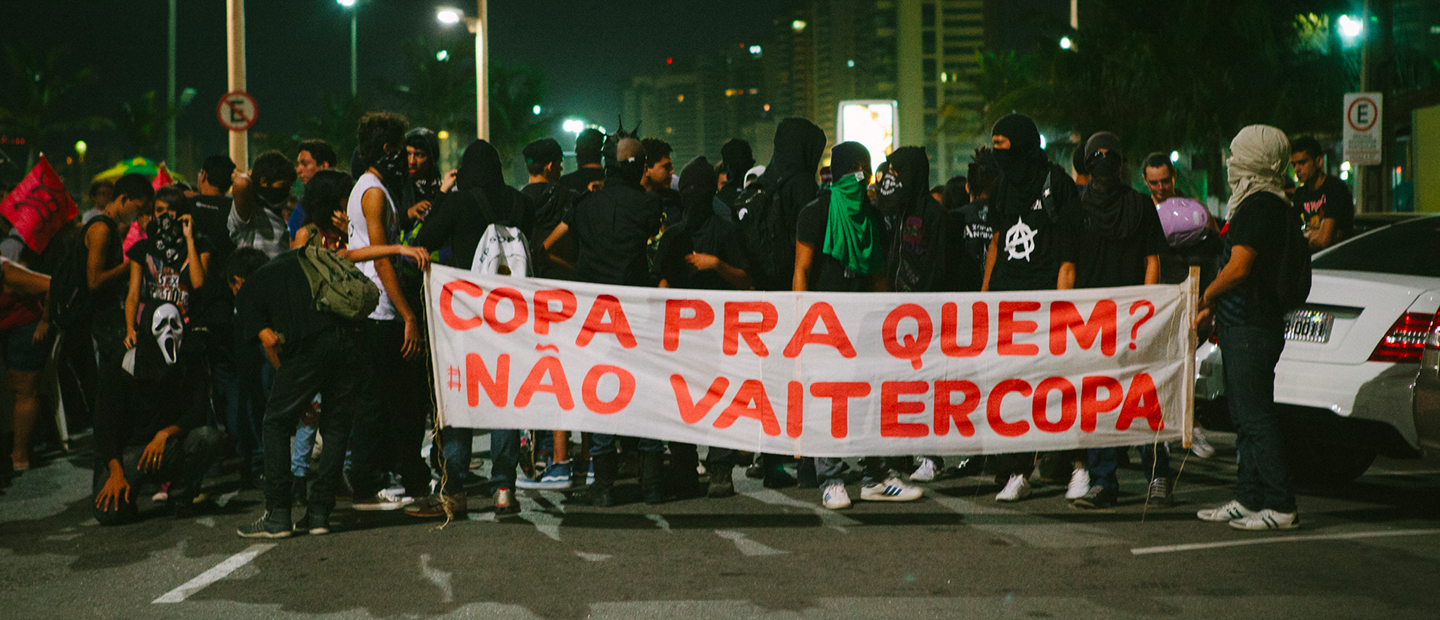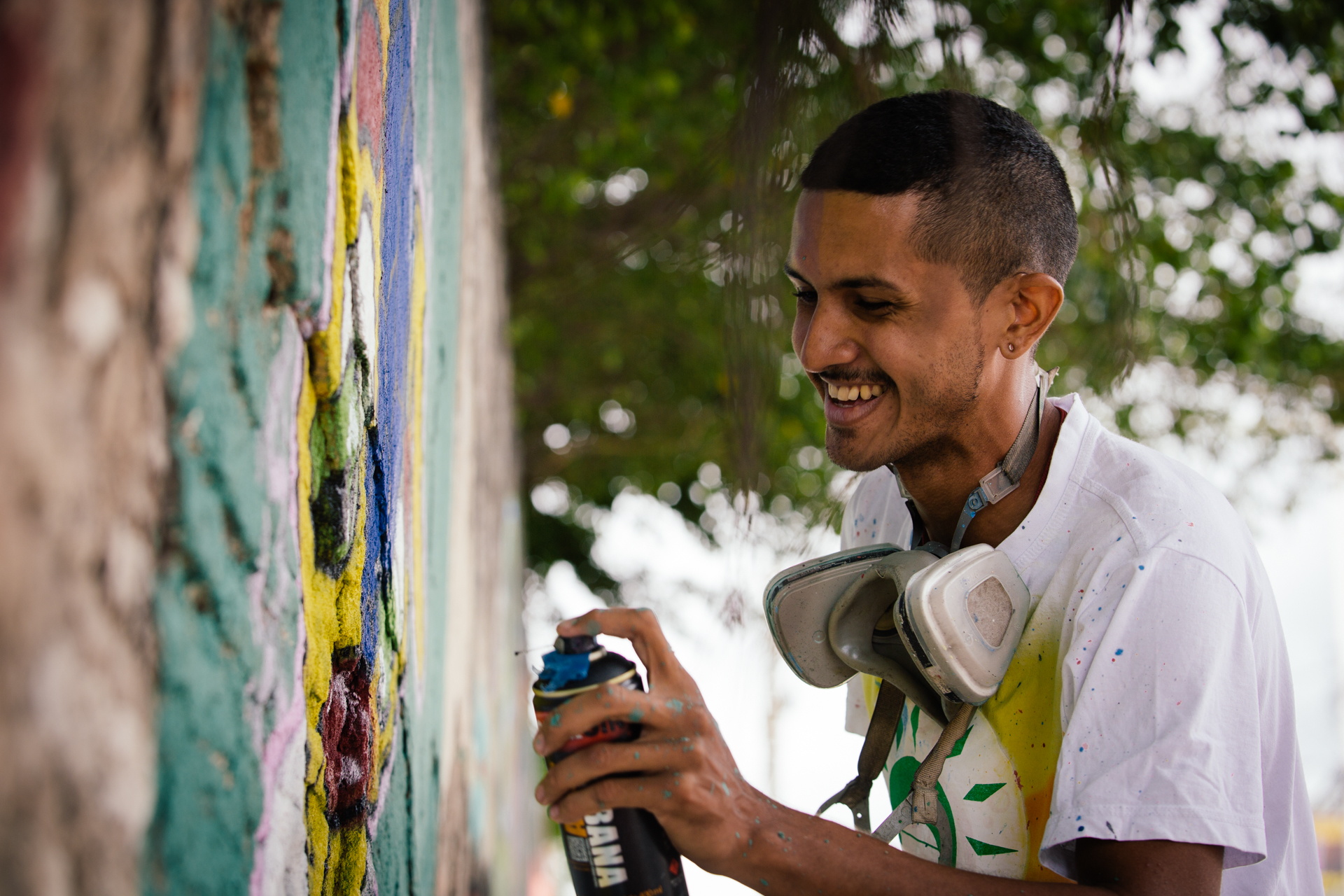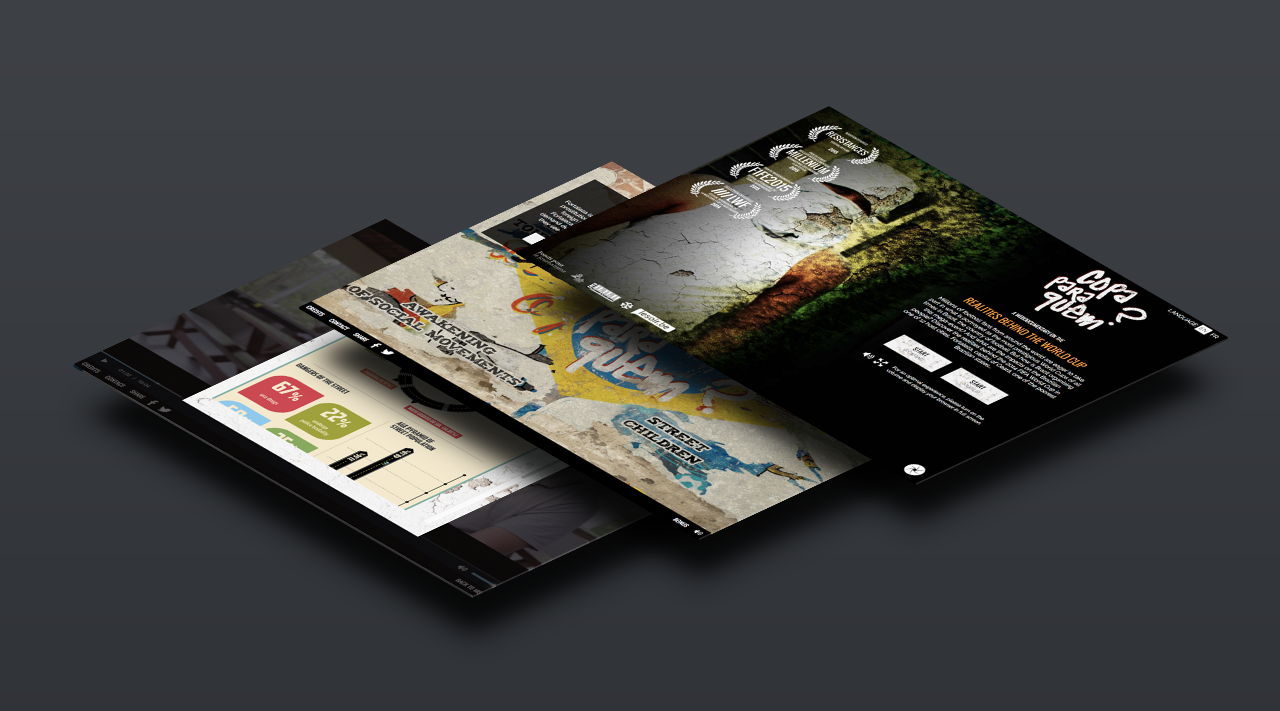One strategy, two communication axes
As a first step, Switch started by working with DG Environment on a three-year communication strategy. We teamed up to redefine the objectives, the messages, the communication axes and then translate them into a concrete action plan.
This strategy includes two axes: the main strategic axis was to address the companies by inviting them to be more accountable and involved and highlighting the fact that the consumer will see this proactive stance as something positive. As for consumers, communication is based on the recognition of the shared responsibility of public authorities, companies and consumers in going beyond a discourse that is solely based on individual actions.
